
The ultimate street signs, historical sites and house numbers
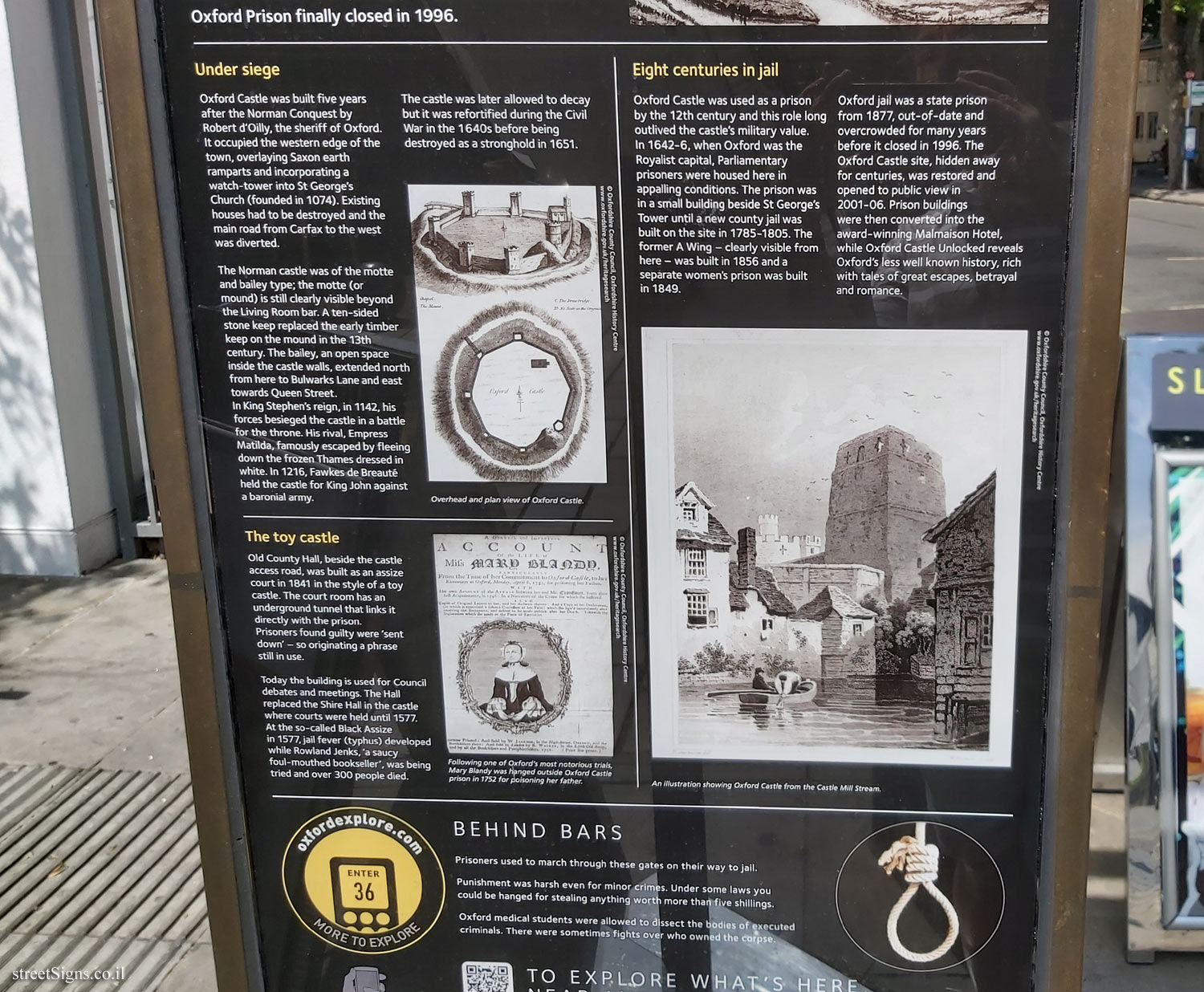 Click for a larger image
Click for a larger image 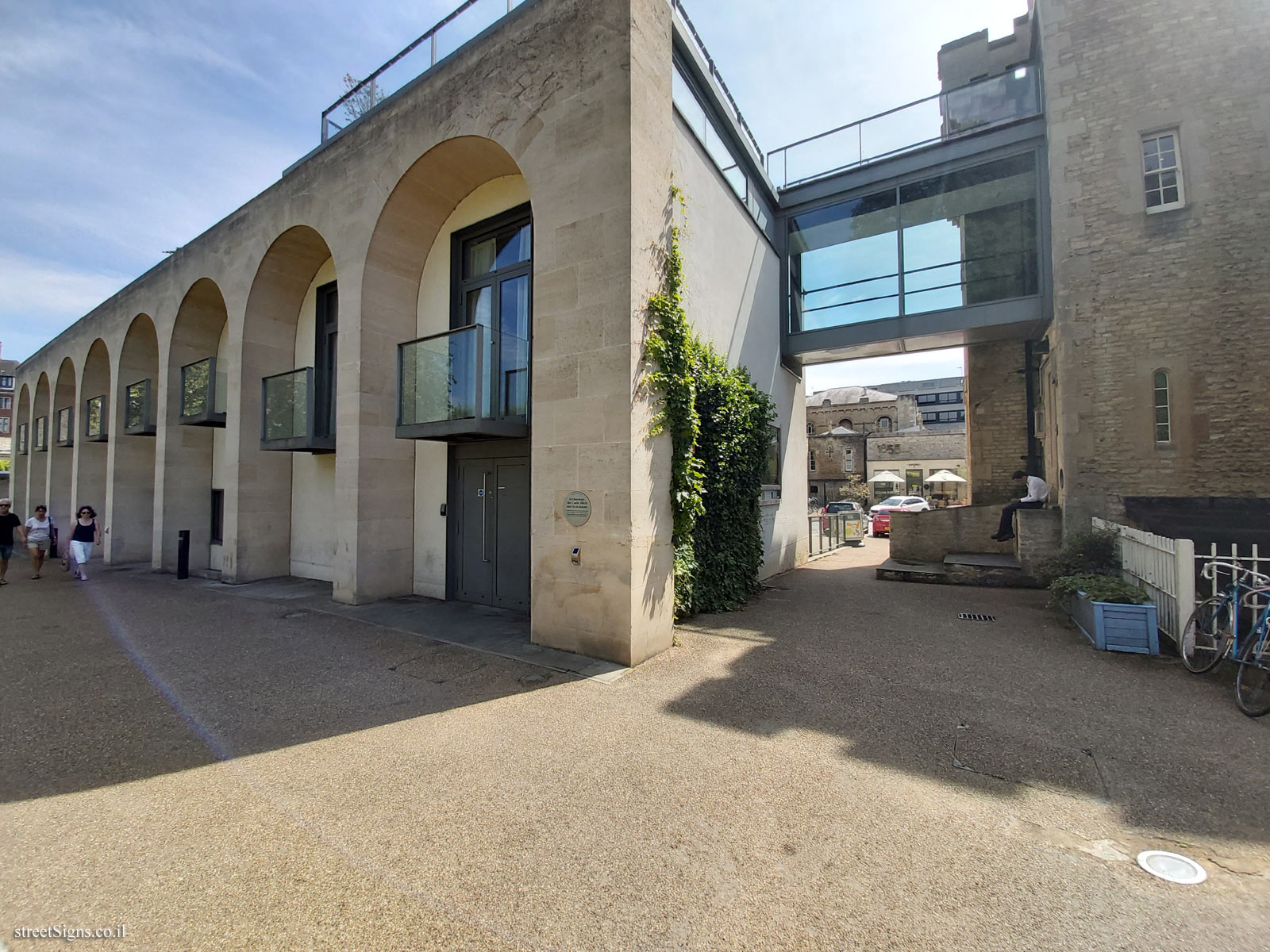 Click for a larger image
Click for a larger image 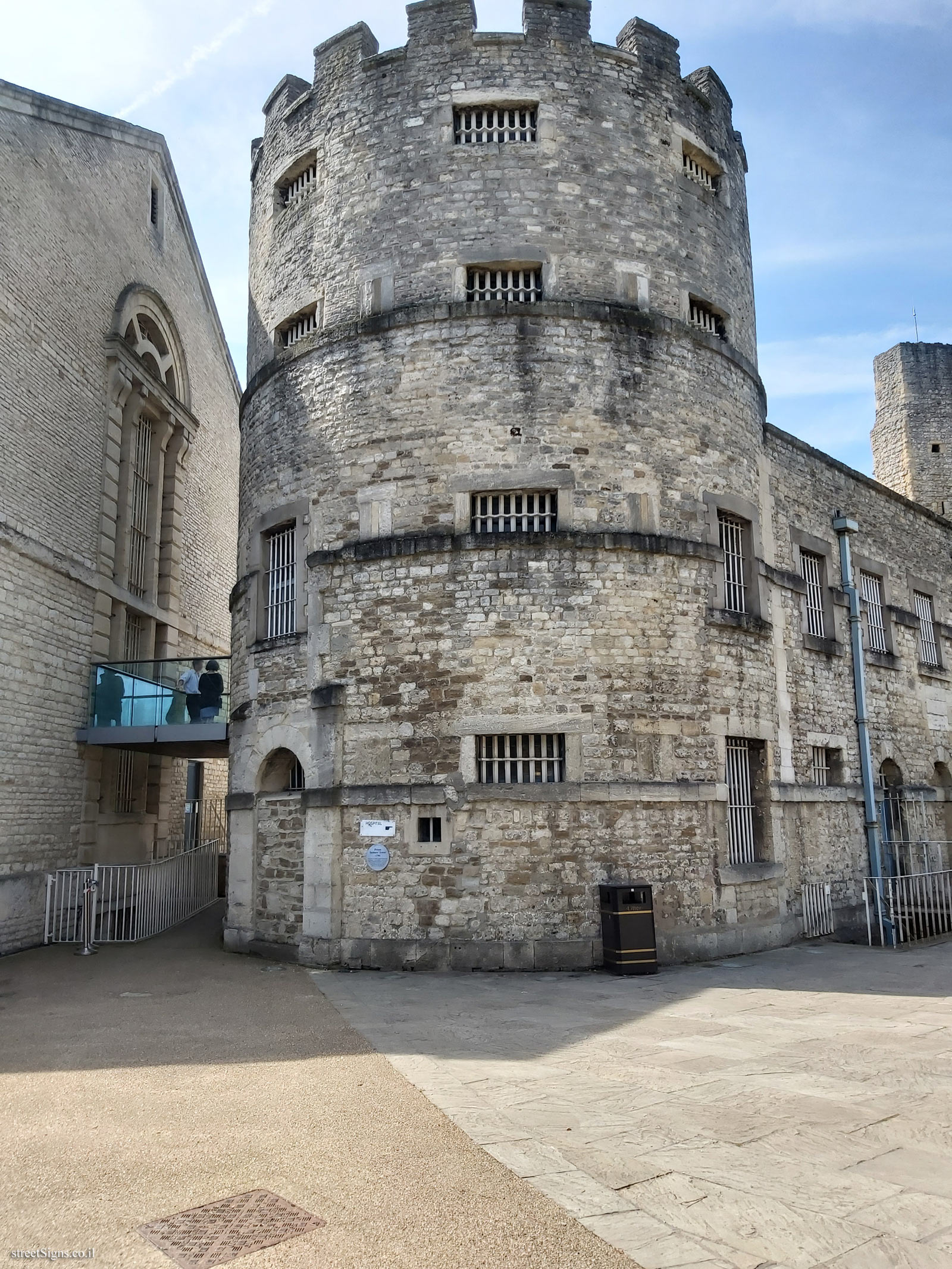 Click for a larger image
Click for a larger image 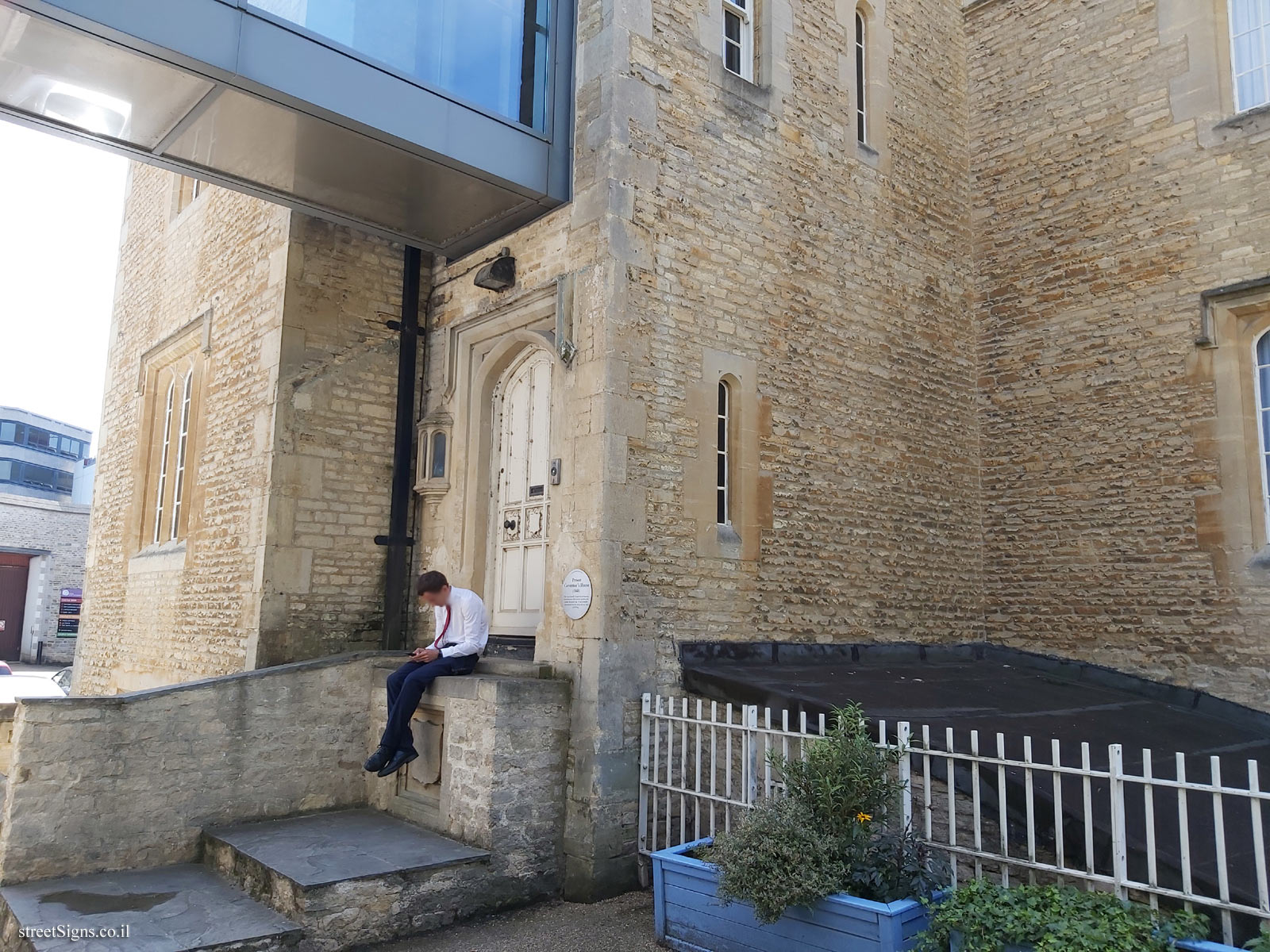 Click for a larger image
Click for a larger image 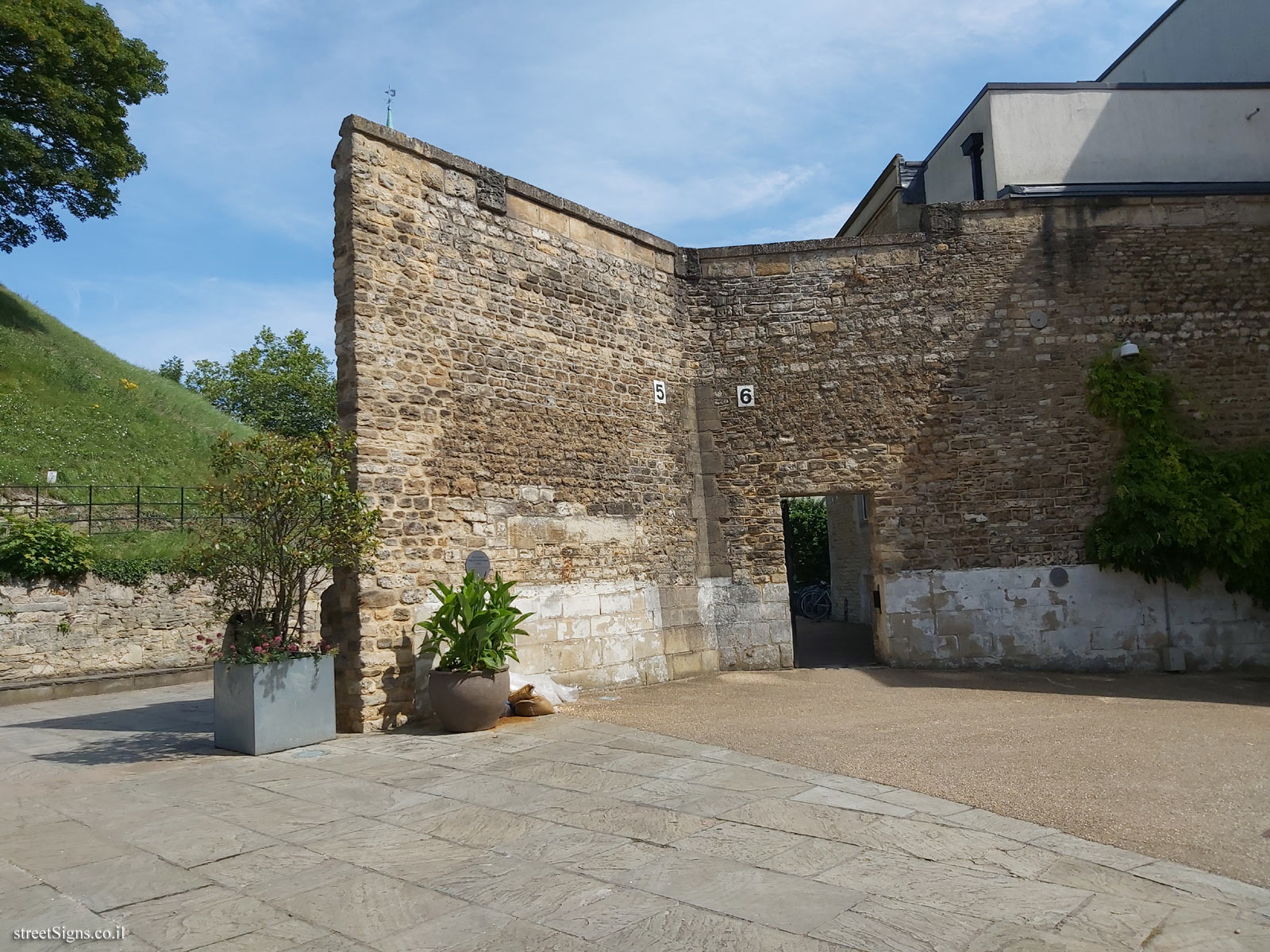 Click for a larger image
Click for a larger image 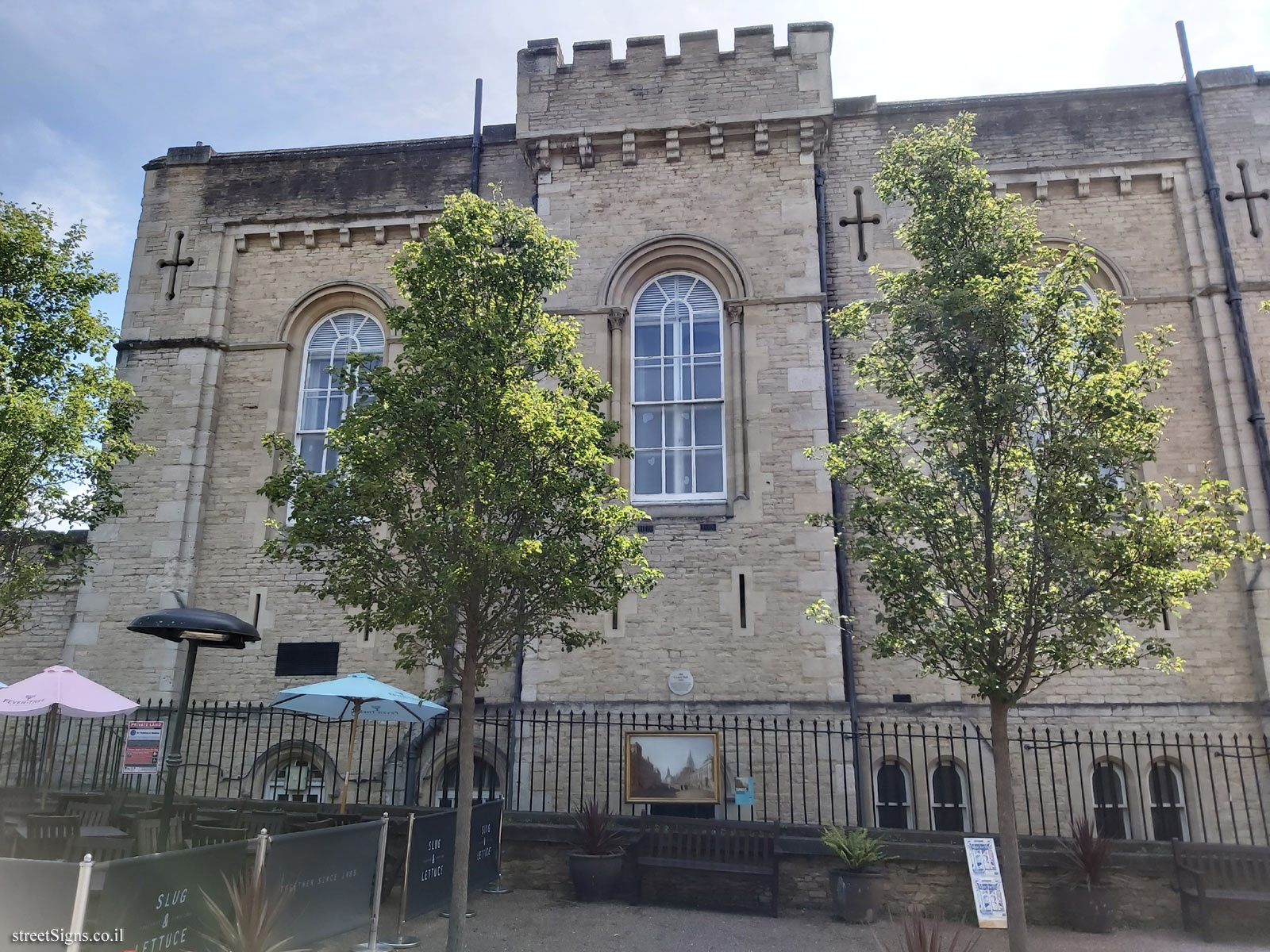 Click for a larger image
Click for a larger image